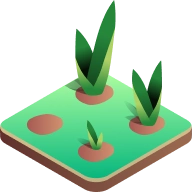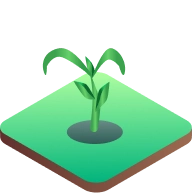Lorem ipsum dolor sit amet, consectetur adipiscing elit. Ut elit tellus, luctus nec ullamcorper mattis, pulvinar dapibus leo.
Intelinair offers a subscription for AGMRI aerial imagery sourced from High-Resolution Satellite, Drone or Fixed Wing Airplane. Resolution for High-Resolution Satellite will range from 30 cm to 150 cm (12 in to 60 in) and Drone and Fixed Wing Airplane will be <= 15 cm (6 in). AGMRI subscribers can expect multiple imagery captures during the crop season from early spring through early September.









